Design and process flow chart help to control the progresses in our workshop. It defines all the specifications of each stamping dies. The information and drawings is provided by design department and then transfer all the required data to manufacturing department. The lead time for our progressive stamping dies is depending the complexity of the mould. After all the details are confirmed, the processing time is about 70 days to 100 days.

It mainly focuses on the information sharing between manufacturing department and design department. The information collected by the customers about their machines and their stamping die specifications such as the mould material, product styles (loose, interlocking, or autoskewing), outfeed direction and lamination collecting system (conveyors or stackers) is defined at the stage. Then conclude the information and lamination piece drawings with our customers. The regulation form and drawings will be excuted after the customers confirm. Most interaction between Shipwright and our customers is taken place at this stage.

Stage makes up all the required drawings for manufacturing use. The arrangment of steps, which involves of the balance of the press machine, the locking place for the ram and bolster, and the fixture for the plates and punches, is the design department consideration. All the information will then transfer to drawings for manufacturing and our processing suppliers.
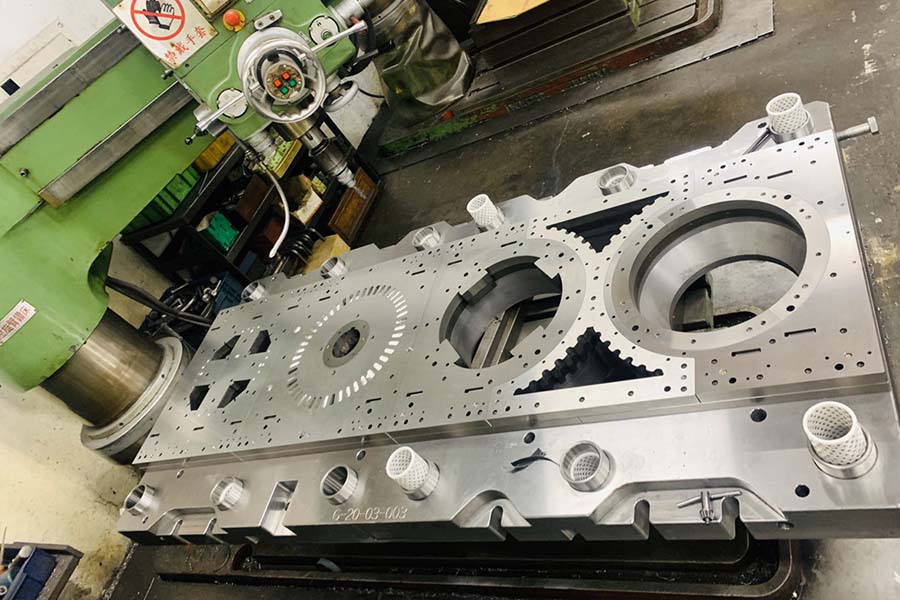
Stage gives the order of required material to our supplier including all the die plates, punches material, and some related parts. The working sheet and drawings will be given at the same time. The desired sizes and dimension then will be processed by the suppliers according to the given drawings. The mateiral processes in this stage is roughly and most of the jobs will be done within a week.The pillar set will also be manufactured at the moment we prepare the materail.

Is excuted after we inspect the parts and grinding the surface flatness. The heat treatment process is based on the stamping material's hardness. If the material is hard, then the heat treatment conditions will then be adjusted in order to fit the hardness. Normally the hardness for High-speed material (ASP23, ASP60, M4, and etc.) is less than the material of Carbide.

Take place in our factory after the heat treatment to ensure the surface flatness and accuracy of the part diemension. The flatness is critical for the precision process. Before all the plates and material are through Precisely Processing, the grinded parts need to be inspected.

Take place before the precision process to ensure the parts dimensions are acceptable such as their flatness, the die plate thickness, the punches lengthes, and all related parts. After QC is passed, then we send the parts to precision processing suppliers.

Include 2 major processes, wire cutting and jig grinding. Wire cutting process includes the die slots, holes, shapes, and the required punches. Jig Grinding coordinates the pillar set and die plates to ensure the accurancy of the material pitch, and the die plates locating pins. These 2 major processes ensure the quality and precision of the mould.
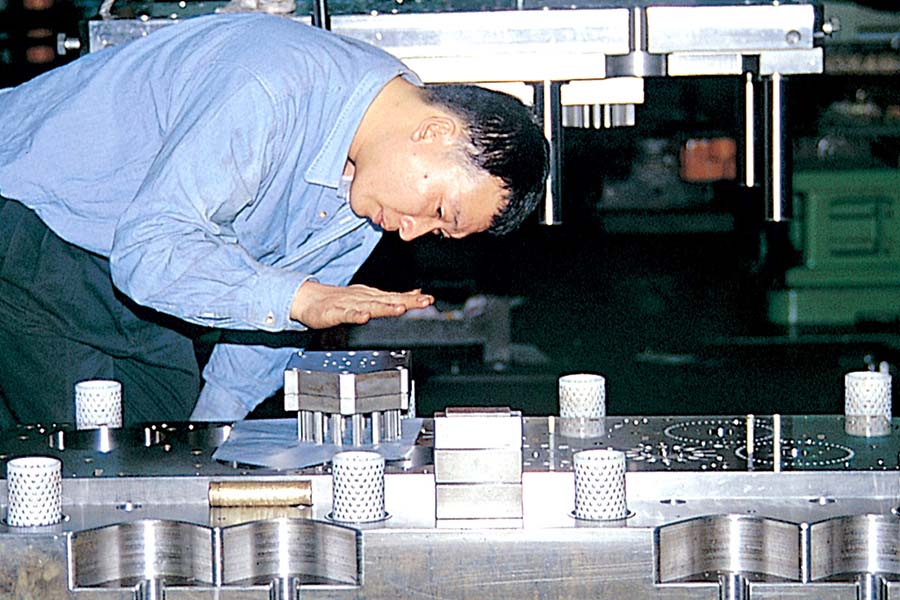
Then takes place after all the required parts are processed well and back to our factory. It takes about 5 to 10 days for each mould of assembling. During the assembly, some related parts will be manufacturing in house such as the stands for the stepping motors, the connecting wires between motor and its controller, the slides for the counting punches (one of interlocking punches), and so on.
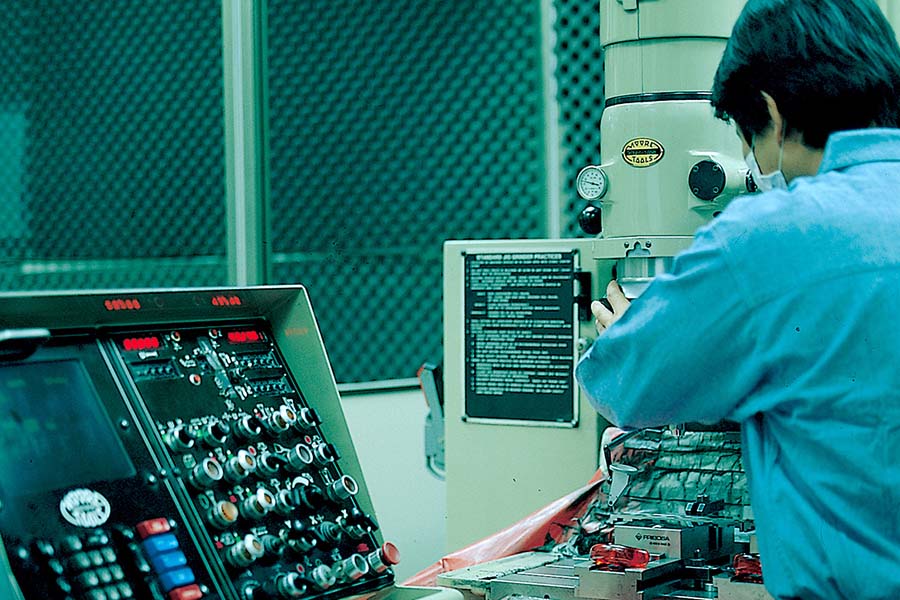
Is excuted after the assembly in our lamination factory. Right now we have 5 stamping press machines, from 60 tons to 200 tons. Sometimes the mould size is too big to be tested in house, then we will borrow our customers press for mould trial. The lamination samples then will be inspected in house and be sent to our customer with the inspection report.
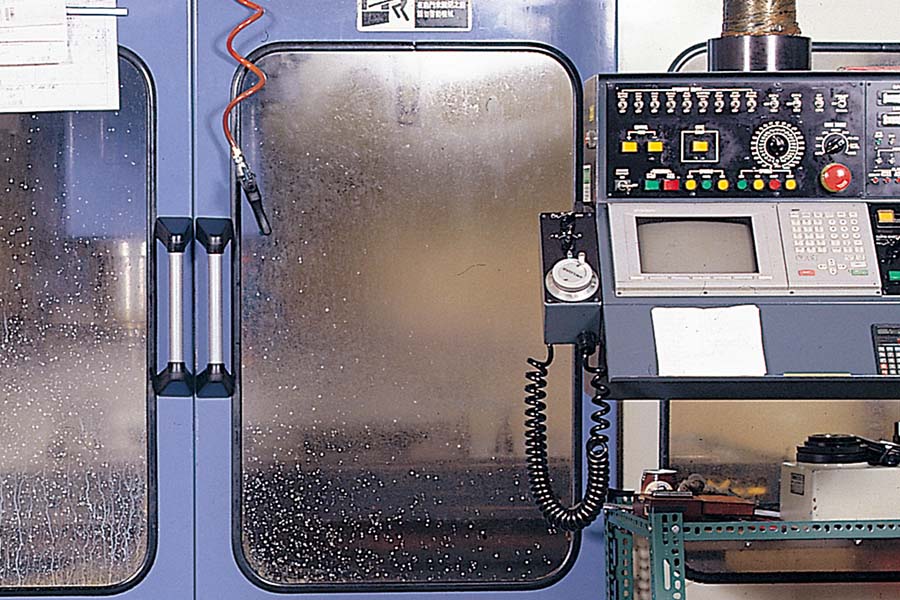
Is for the approval of the customers. We will provide our inspection report to the customers, and most customers will have their own inspection report. If the inspection of the samples is approved, we will do the final checkup and packing for the delivery. If the inspection is failed, then we will do the adjustment of the dies and ready for 2nd mould trial.
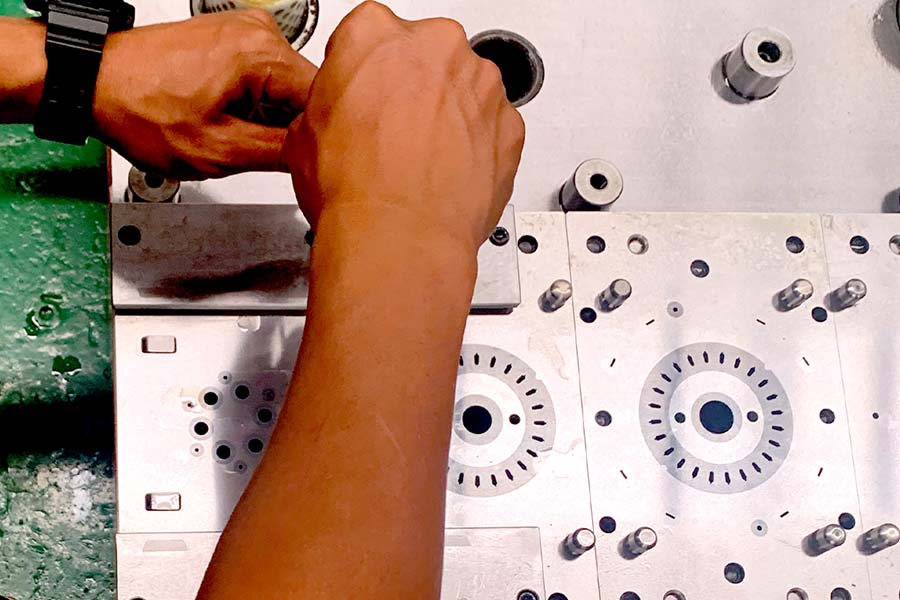
Is happened after the customers approvals. The mould will be covered by the thick and large plastic bag to avoid the damage and packed into the wooden case.